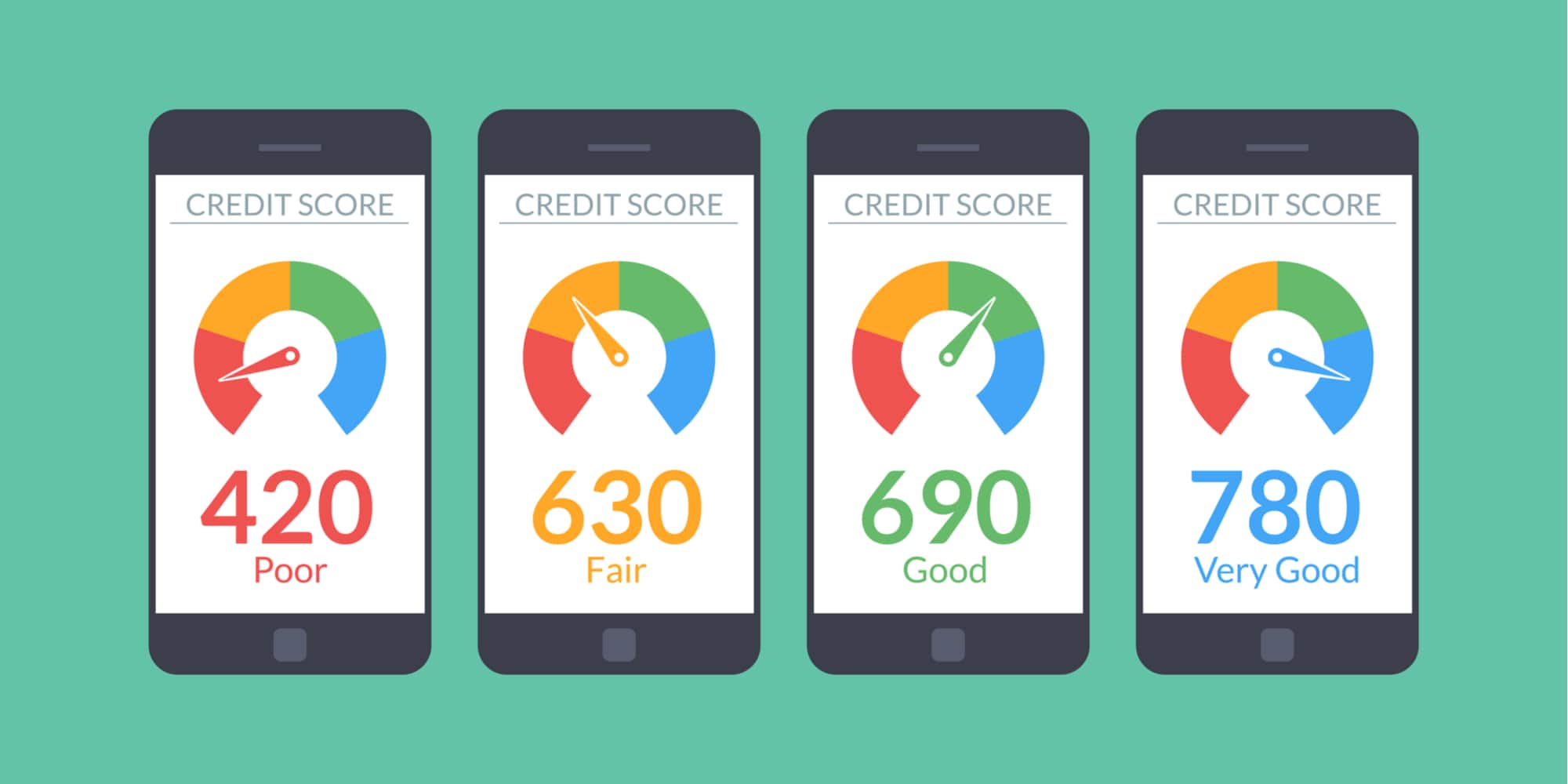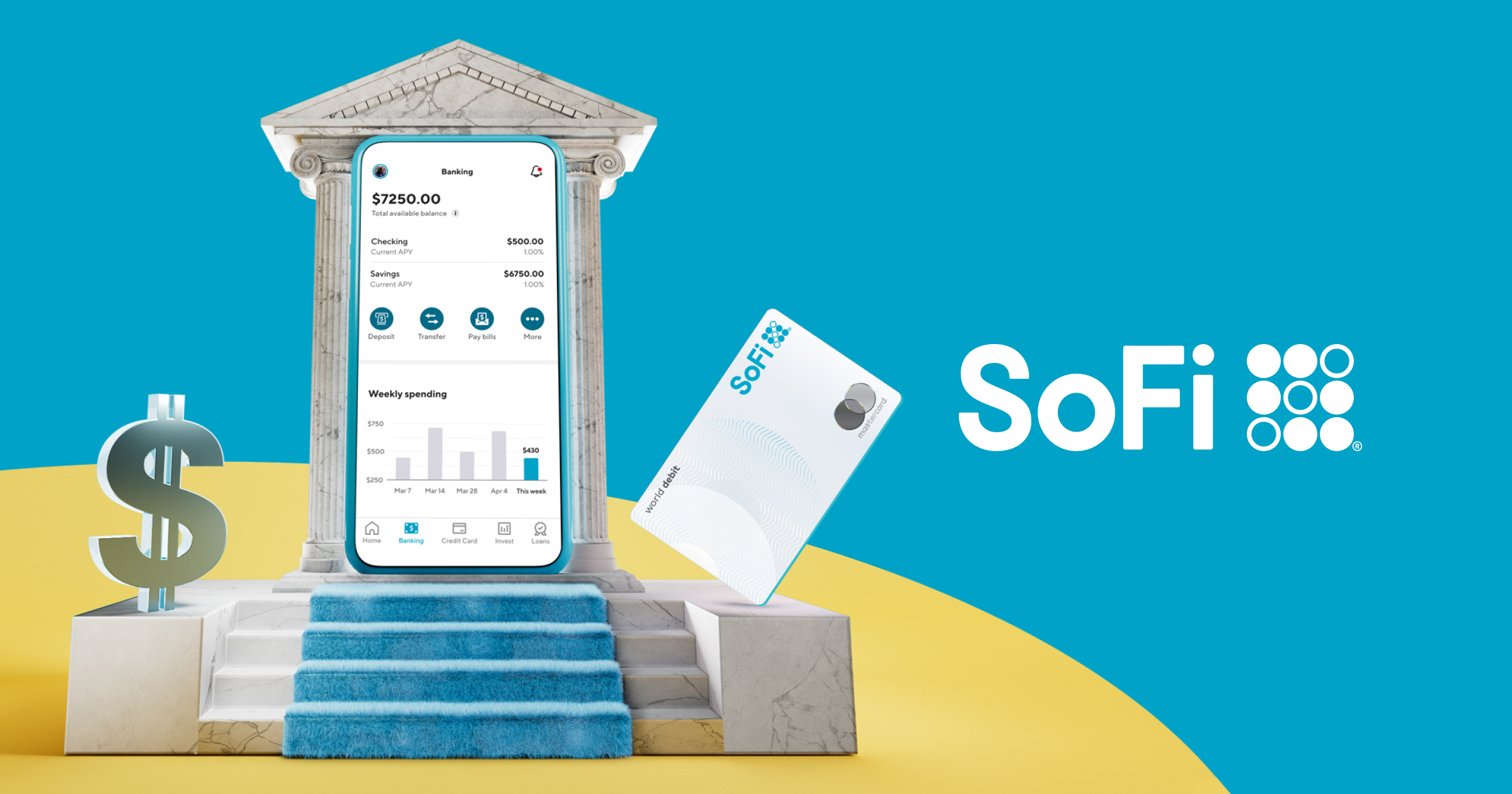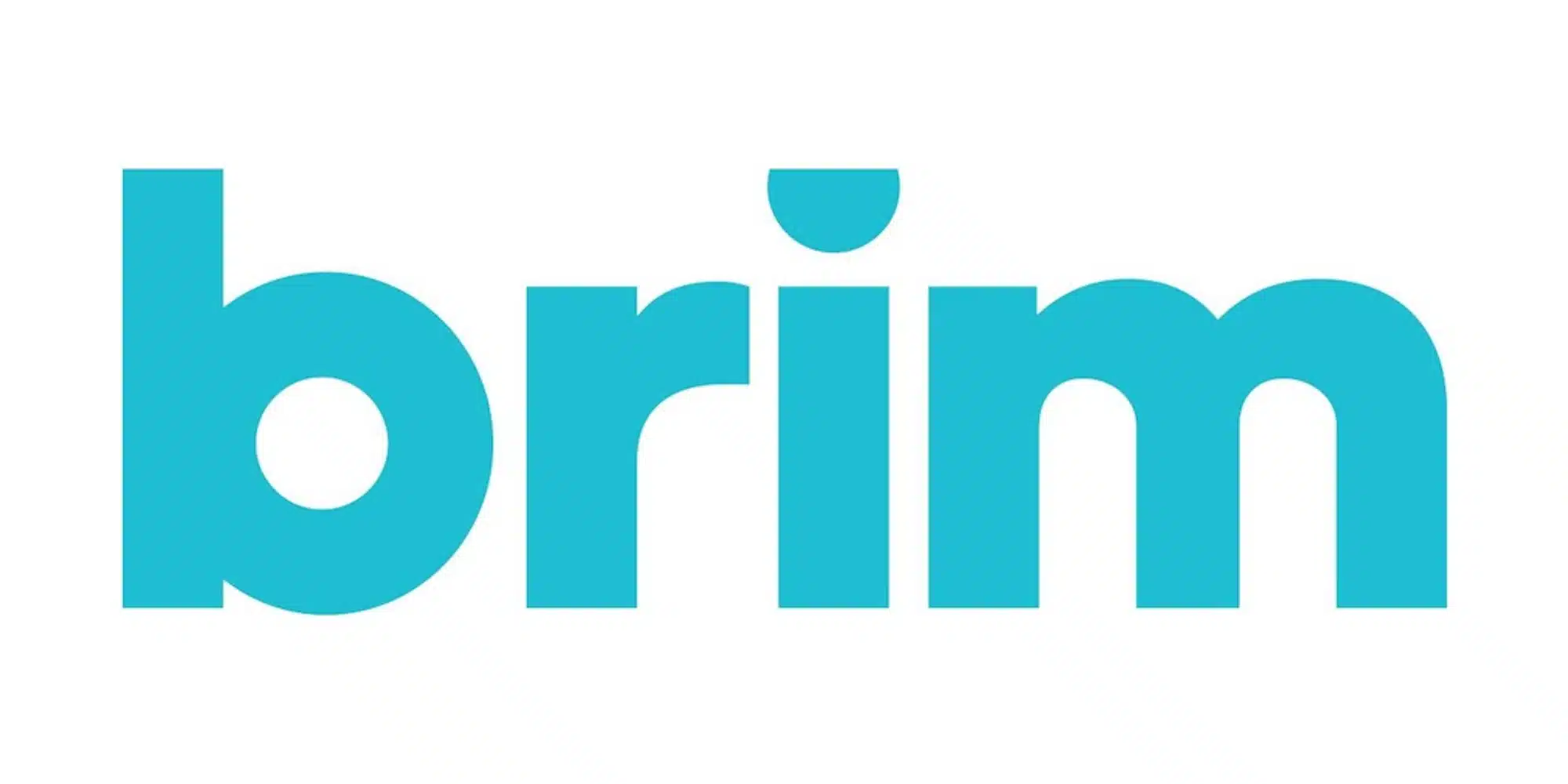
Money Management Product Reviews
Money at 30: Honeydue App Review

I know we’re an outlier in this sense, but my wife and I have never had problems talking about money. In fact it’s something we discuss quite often, whether it be determining if we can afford a large purchase, deciding what retirement accounts to contribute to, discussing what credit cards to add to our mix, or delegating who should pay what bills. Of course not all couples are so lucky, which is why I was interested to hear about a smartphone app called Honeydue.
Honeydue is a personal finance app designed for couples and bears the tagline “Outsmart Money, Together.” Like many other personal finance apps, Honeydue allows you to link various bank and credit card accounts, monitor spending, and set reminders. However what sets it apart is that you can share all of this info with your significant other and ensure you’re on the same financial page. While Honeydue does meet that goal for the most part, there are a few pros and cons to the app itself.
Before we get too far, let’s go through the set-up process and take a look at the different sections of the Honeydue app.
Getting Started with Honeydue
If you’ve tried out other personal finance apps before, you know that it does take a little while to get your accounts connected and have everything set up. Honeydue is no different in that aspect, although the process was pretty painless in my case — I was able to select my bank, enter my information, and have the app pull the appropriate data. Like many other apps, this process is made possible through Plaid, which personally makes me more inclined to trust that my information will be used properly.
As you add accounts, you can also label them as personal or joint accounts. Finally you can select from a number of privacy settings, allowing your partner to see everything, balances only, or completely hide an account’s info from them.
One extra step you’ll want to take with Honeydue in order for it to function as intended is to add your significant other to the account. This is done by entering their email address and inviting them to join you. The app does recommend that before inviting your loved one you make your profile picture a photo of yourself, just so they know it’s really you when they get the email. Once both of you are set up, you’re ready to explore the rest of the app.

Main Features of Honeydue
Activity
The first page you’ll encounter on Honeydue is called Activity. Here you’ll see updates from Honeydue — including word of a new feature we’ll discuss more later — along with recent updates to your accounts, links to couples-minded finance articles, and more.
Balances
Next to Activity is Balances. As that name implies, this is where you can get an at-a-glance overview of all your different bank and credit card accounts. You also have the choice of viewing all of your accounts, just those you’ve labeled as “mine,” or just those you’ve labeled as “joint.” Tapping on any one account will also let you browse recent transactions.
Viewing your transaction activity is actually the first place where Honeydue sets itself apart. See, in addition to the ability to re-categorize any transaction, you can also label them with emojis or make additional notes. Assuming you’ve selected the correct option in your notification settings (more on that later), your partner will then be alerted to your notes, questions, or reactions and can respond accordingly.
By selecting a single transaction, you’ll also be provided with a few more selections. The first option is to share the expense with your partner, which is another feature we’ll get into a minute. Here you’ll also have the choice to add a bill reminder. Tapping that option will then allow you to choose a frequency option (monthly, weekly, one time only, etc.), who the reminder should go to, and when you’d like your notification to be sent.
Budget
Given how much you can do from the Balances section, Budget may seem a bit redundant. In actuality it’s really just a question of how you like your transactions to be organized. While Balance displays your spending for each account, Budget rightfully breaks it down by category. It also includes a color-coded circle chart, providing you a visual look at what categories you spend the most on. Other than that, the functionality is similar to Balances: tap a category to see transactions and add reactions, tap that transaction to share expense or set-up a reminder.
I will say that, when I initially reviewed Honeydue, the app didn’t allow you to create custom spending categories. Luckily, that has since changed. In fact you can not only create new categories of your own but also select a color and icon for it and easily recategorize past transactions to meet your new budget list.
Another feature I want to highlight is that, for each category, you can select at what point you want the app to alert you to your remaining spend availability. For example, the default seems to be that Honeydue will notify you when you reach 75% of your budget. You can set up these alerts and customize them by tapping “Add a Spending Tracker” in any given category.
Chat
Beyond leaving notes on transactions, you can also chat directly with your partner using this function. Moreover, if you do have questions about a purchase, you can send the item in question via chat by tapping the aptly named “Send in Chat” option when viewing transaction details. To me this seems like an improvement over just the notes function but I can still see a place and use for each.

“More” Honeydue Features
When you look at the main toolbar for Honeydue, the final tab is simply titled “More.” However this is actually home to a number of features. Let’s take a look at what else you can find under this menu:
Bills
As you set up bill reminders, they’ll appear in this section in both a calendar view and as a list. Naturally you can also add reminders from this section. Lastly, from the list view, you can edit upcoming reminders, mark them as paid, or select to skip a reminder until the next due date.
Transactions
If you’d rather view a list of your purchases in reverse chronological order as opposed to breaking them down by account or spending category, than this is the section for you. While the arrangement of these items may be different, the functions are really the same — it all boils down to preference.
Split Expenses
Perhaps the most interesting section for me is the Split Expenses tab. Here you’ll see a list of transactions that you or your partner have labeled to split and also has the option to post more unpaid debts. This section will keep a running tally of who owes who and provide an overall balance. Should you choose to “settle up” this balance, you can then launch either Venmo or PayPal to do so. Sadly these options don’t really integrate with Honeydue, so you’re really on your own to send the money and then just “mark as paid” when you get back to the app.
Banks
“Banks” is an essential and straightforward tab: it’s where you can view what banks you’ve linked to your account and add more if you’d like. Incidentally this tab can come in handy as accounts can become unlinked from time to time (this is typically due to bank security measures). To repair them, all I had to do is tap and re-enter your info — easy as pie.
Notifications
Notifications is where you can view recent alerts and — more importantly — adjust your alert settings. To do this, you can also tap the gear icon in the top right and then select Settings to adjust what types of transactions and updates push through to your phone.
Tip Jar
Finally, when looking through what “More” has to offer, you’ll find the Tip Jar. Since Honeydue is free to use, here the app gives you the option to support them by voluntarily paying them a monthly fee of your choosing. These payments are then processed through iTunes (for iOS users, that is) and will recur unless you turn off auto-renewal before then. To be 100% clear, this is completely optional.
It’s also worth noting that, prior to this Tip Jar feature, Honeydue had an Offers tab, monetizing by suggesting different financial products. I tend to like this approach better and sincerely hope it’s paying off for them.

Honeydue Visa
Just a few weeks ago, Honeydue announced something pretty big: joint banking. That’s right — the app is introducing a no-fee joint debit card. According to the company, the Honeydue Visa is meant to be a collaborative experience, allowing couples to “outsmart money together.” This will be accomplished with instant notifications, real time balance info, and budget updates.
The card will have no monthly fees or minimum balance requirements and give users access to 55,000 fee-free ATMs. Currently users can join the waitlist for this new product. While it’s hard to say for sure if this extension will be a hit, it’s definitely interesting to see Honeydue branching out with this feature.
Final Thoughts on Honeydue
Let me start by saying there’s a lot I like about Honeydue. More than anything I like that it encourages couples to talk about money and makes it easy to remind each other about upcoming expenses. But, at the same time, does it really get partners to talk about finance? For example, I’ll admit I do find it a bit off putting that it allows you to hide bank accounts from your significant other — transactions I understand (especially for gifts), but hiding accounts seems dubious. Similarly, although there are certainly times my wife and I elect to move money between our various accounts, the Split Expenses feature seems a little out of place in an app seemingly intended for serious couples. Then again, being married is different than cohabitating so perhaps committed couples who haven’t quite merged their financial lives entirely might have reason to use some of these features that I question.
With all said, Honeydue has really stepped up since I intially gave the app a try, making for a better user experience overall. This not only includes a slightly more polished look but also better budgeting tools. Plus, with the launch of the joint-debit card, it seems that the app has a lot of big plans on the horizon.
Overall, I have definitely found Honeydue to be helpful. Sure my wife and I pretty much have our respective billing schedules down at this point, but it’s always nice to get a reminder. Additionally there have already been transactions I didn’t understand, so it was nice to easily reach out to my wife and ask for her help figuring it out. For those reasons, if you and your significant other are looking to get on the same page about money and manage your finances more effectively, I’d say it’s well worth giving Honeydue a try.








